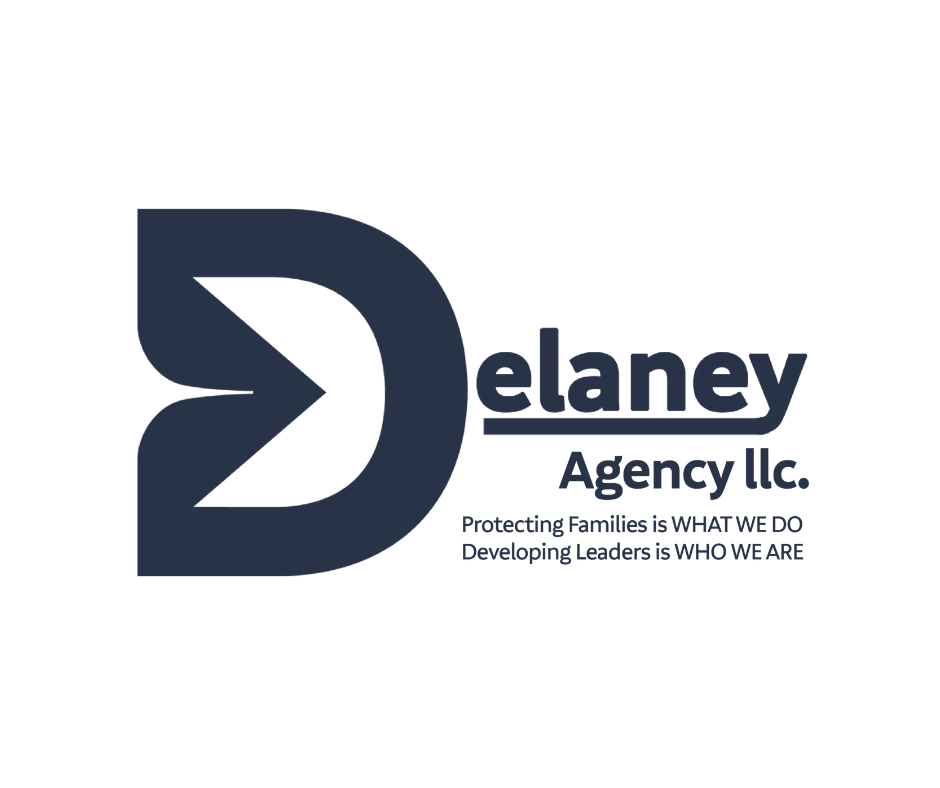Why Most People Get Life Insurance Wrong—And What It Actually Takes to Get It Right
By Scott W. Taubman, CFP®
It's not a topic that people wake up excited to discuss.
But if you have people counting on you—kids, a spouse, aging parents—life insurance isn't optional. It's foundational. And yet, even among the well-prepared, I keep seeing the same problem repeat itself:
They think they're covered.
They think what they have is enough.
Until it's not.
It's not about fear. It's about facing reality with clarity. Because the moment your loved ones need that coverage is not the moment to find out your plan was half-baked.
The Coverage Gap Most Families Don't See Coming
If your current life insurance is only through your job, I want you to hear this: that's not a complete plan. That's a temporary perk.
Most employer-sponsored coverage disappears the day you leave that job. Even while you're there, the amount offered typically falls far short of what your family would actually need in the long term.
Here are some of the biggest red flags:
Your income has increased since you bought your first policy.
You've added financial responsibilities: children, a new mortgage, and maybe even supporting aging parents.
Your stay-at-home spouse isn't covered (and they should be).
You've never used a Life Insurance Needs Calculator to reassess what your family would actually need if you were gone tomorrow.
That last one? Most people skip it—and they shouldn't.
What Happens When You're Gone—and There's No Plan?
I've worked with families who were left scrambling in the middle of grief. Not just because they were mourning a loss, but because the paperwork was a mess.
No executor. No will. No instructions.
And the money? Tied up, delayed, or misaligned with what the deceased would've wanted.
That's why your plan needs to include more than a policy. It needs to walk your family through the decisions they'll be too overwhelmed to make alone.
Here's what I recommend building into every financial strategy:
Updated beneficiaries across all financial accounts
A policy with a clearly defined death benefit
A designated executor and power of attorney
A finalized, notarized will
Pre-planned funeral arrangements, if possible
A team of professionals—a financial planner, an attorney, funeral consultant—who've helped lay the groundwork
This isn't about morbid planning. It's about giving your family a path instead of a puzzle.
Why Child Life Insurance Isn't As Strange As It Sounds
Most people don't even realize child life insurance exists, let alone consider buying it.
But for some families, it can be one of the most valuable long-term tools they'll ever put in place.
A permanent child policy provides:
A lifetime of guaranteed insurability, no matter their future health
Cash value accumulation, growing over time, tax-deferred
A modest death benefit, in the tragic event it's ever needed
I've helped parents and grandparents structure these policies not out of fear, but foresight. Years later, that cash value has helped fund college, a car, a wedding, or even a down payment.
Policies like this are easy to start. No medical exam is needed if the child is healthy. And because premiums are lowest when kids are young, the long-term growth can be surprisingly substantial.
Life Insurance as a Financial Tool—Not Just a Safety Net
Let's stretch the conversation.
When integrated intentionally, life insurance isn't just protection—it's a living, moving part of your financial plan.
You can align it with:
Estate planning
Wealth transfer strategies
Retirement income design
Tax-deferred savings tools
Even business succession plans
And for those thinking further ahead? We often recommend fixed-indexed annuities.
These offer:
Principal protection—your initial contributions are shielded from market downturns
Tax-deferred growth—interest compounds without immediate tax impact
Guaranteed lifetime income, structured through optional riders
Liquidity options, including up to 10% penalty-free withdrawals per year
And crucially, beneficiary designation, which can help bypass probate
Used together, these strategies provide structure to what is often a patchwork approach.
What Now?
Most people don't fail to plan because they don't care. They fail to plan because it's overwhelming, and no one has helped them break it down into manageable steps.
So start here:
What would happen to your family tomorrow if you weren't in the picture?
Is your current policy keeping pace with your income and obligations?
Have you accounted for your spouse, your children, and your home?
Have you developed a strategy, or have you just signed a document?
If you're not sure, that's okay. Start there. You don't need all the answers. You need someone to ask the right questions with you.
That's what I do. That's the purpose of this work.
Because life insurance isn't about dying, it's about protecting how your people live—if you're not there to provide it yourself.
And that's worth getting right.

